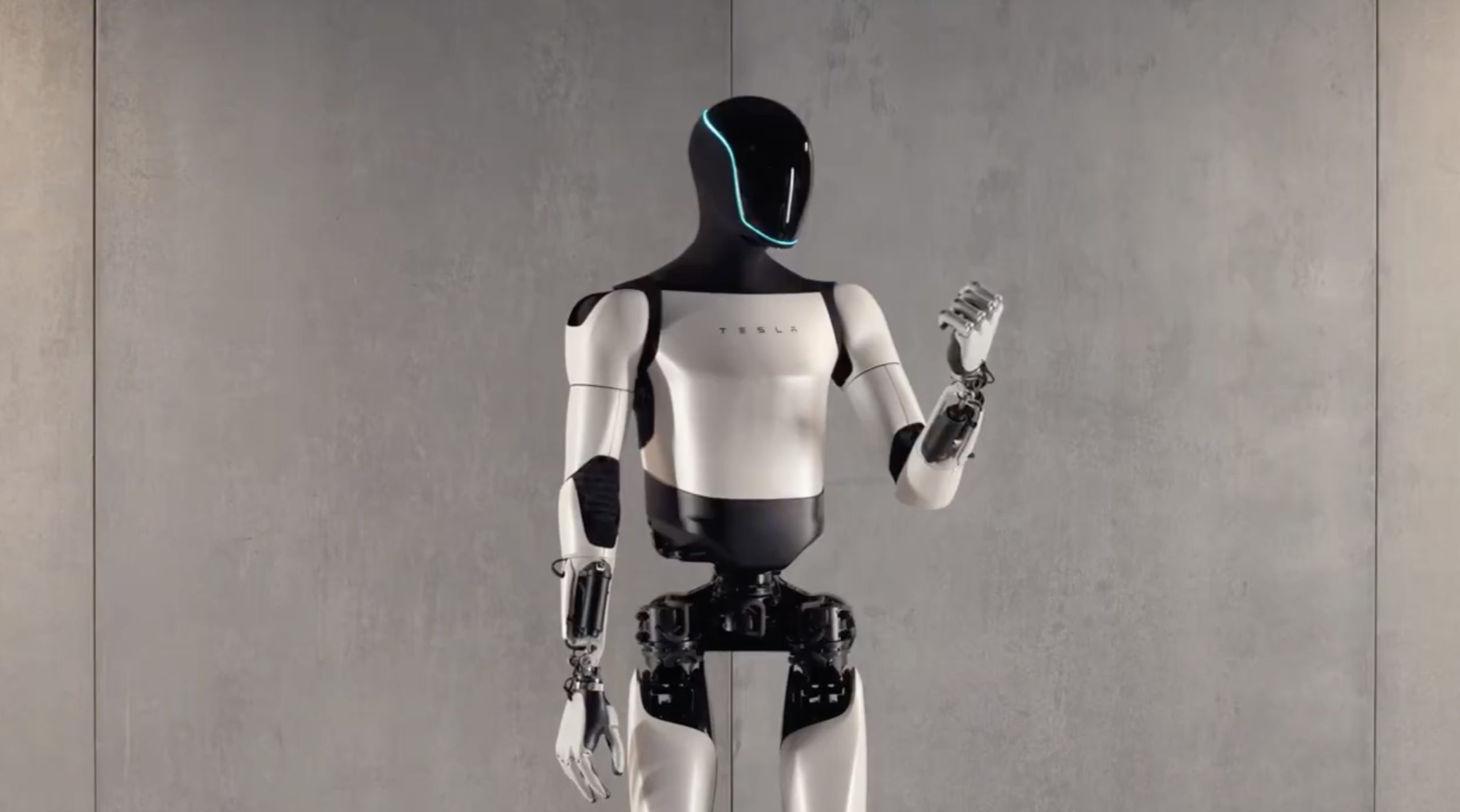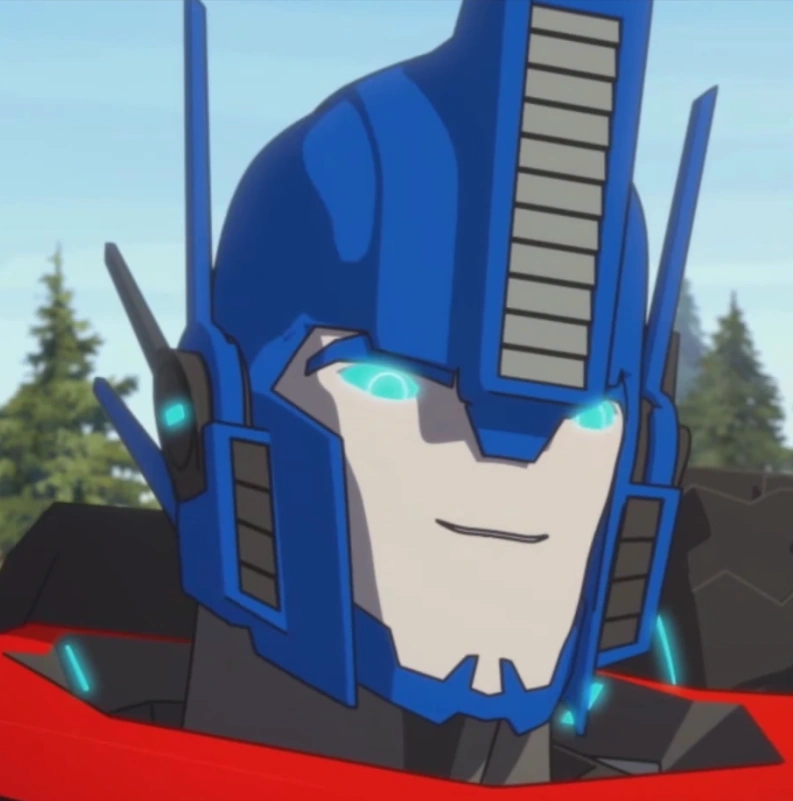Revolutionizing The Future: An In-Depth Look At Tesla's Optimus Robots
Tesla's Optimus robots are at the forefront of modern robotics, blending advanced artificial intelligence with physical dexterity to redefine what machines can achieve. Designed to perform a variety of tasks, from manual labor to complex problem-solving, these humanoid robots represent a significant leap forward in the evolution of robotics. Developed by Tesla, Optimus is poised to transform industries and daily life, offering unparalleled capabilities that bridge the gap between human effort and machine precision.
In an era marked by rapid technological advancements, the integration of robots into everyday life is becoming increasingly inevitable. Tesla's Optimus robots are leading this charge, demonstrating the potential for machines to assist humans in ways once thought impossible. These robots have the power to revolutionize multiple sectors, from manufacturing and healthcare to agriculture and beyond, by enhancing efficiency, reducing human error, and addressing labor shortages.
However, as Optimus robots gain prominence, they also raise critical questions about ethics, safety, and the future of work. Understanding their capabilities, limitations, and broader societal implications is essential for businesses, governments, and individuals alike. This article provides a comprehensive exploration of Optimus robots, delving into their development, applications, and the profound impact they could have on society.
Read also:Exploring The Masterpiece The 2025 Best Picture Winner
Contents
- Exploring the World of Optimus Robots
- The Evolution of Optimus: A Historical Perspective
- Unveiling the Key Features of Optimus Robots
- Diverse Applications Across Industries
- The Cutting-Edge Technology Behind Optimus
- Addressing Challenges and Limitations
- Navigating Ethical Considerations
- The Promising Future of Optimus Robots
- Market Potential and Economic Impact
- Final Thoughts
Exploring the World of Optimus Robots
What Are Optimus Robots?
Tesla's Optimus robots are advanced humanoid machines designed to mimic human movements and execute a wide range of tasks. Equipped with cutting-edge sensors, AI-driven decision-making capabilities, and robust mechanical components, these robots are engineered to interact seamlessly with their environment. Optimus robots aim to bridge the gap between manual labor and automation, providing a versatile solution for industries ranging from manufacturing to healthcare.
Why Are They Significant?
The significance of Optimus robots extends far beyond their technical prowess. These machines have the potential to address labor shortages, enhance productivity, and improve safety in hazardous environments. By automating repetitive and dangerous tasks, Optimus robots can free human workers to focus on more creative and strategic endeavors. Moreover, their adaptability makes them suitable for diverse applications, from agricultural tasks to medical procedures, underscoring their transformative potential across industries.
The Evolution of Optimus: A Historical Perspective
The journey of Optimus robots began with Tesla's groundbreaking announcement in 2021. Since then, the company has made remarkable progress in developing prototypes that showcase the robot's capabilities. Under the visionary leadership of Tesla's CEO, Elon Musk, Optimus has evolved into a cornerstone of the company's mission to create sustainable and intelligent solutions for the future. Each milestone in its development highlights Tesla's commitment to pushing the boundaries of robotics technology.
Unveiling the Key Features of Optimus Robots
Humanoid Design for Versatility
Optimus robots are meticulously designed to resemble humans, enabling them to navigate environments traditionally tailored for human use. This humanoid design allows the robots to interact with objects and spaces in ways that traditional robots cannot, ensuring seamless integration into diverse settings. Their ability to adapt to human-centric environments makes them uniquely versatile and effective.
Advanced Sensors and AI for Precision
Equipped with a sophisticated suite of sensors, Optimus robots can perceive their surroundings with exceptional accuracy. Coupled with advanced AI systems, these robots process information quickly and make informed decisions, ensuring smooth and efficient operation. This combination of sensory precision and intelligent decision-making sets Optimus apart from other robotic systems.
Physical Dexterity for Versatile Tasks
One of the most impressive features of Optimus robots is their physical dexterity. They are capable of performing delicate tasks, such as handling fragile objects, as well as more demanding activities, like lifting heavy loads. This versatility enables them to excel in a variety of settings, from manufacturing plants to healthcare facilities, where precision and strength are equally important.
Read also:The Rich Legacy Of The Cleveland Cavaliers
Diverse Applications Across Industries
Streamlining Manufacturing Processes
In the manufacturing sector, Optimus robots can revolutionize production processes by handling repetitive tasks with unmatched precision and speed. By automating these tasks, Optimus robots not only increase output but also minimize the likelihood of errors, ensuring consistent quality and reliability. This efficiency boost can significantly enhance the competitiveness of manufacturing operations.
Transforming Healthcare Delivery
Within the healthcare industry, Optimus robots have the potential to transform patient care, administrative tasks, and surgical procedures. Their ability to work tirelessly and accurately makes them invaluable in environments where reliability is paramount. From assisting with routine patient care to performing intricate surgical operations, Optimus robots can enhance the quality of healthcare delivery while reducing the burden on human staff.
Revolutionizing Agriculture Practices
Agriculture stands to benefit immensely from Optimus robots, which can automate planting, harvesting, and crop monitoring processes. By leveraging these robots, farmers can achieve higher yields while promoting sustainable farming practices. The precision and efficiency of Optimus robots make them an ideal solution for addressing the challenges of modern agriculture, from labor shortages to environmental concerns.
The Cutting-Edge Technology Behind Optimus
The technology powering Optimus robots is a testament to the rapid advancements in robotics and artificial intelligence. Tesla has leveraged its expertise in electric vehicles and battery technology to create a robot that is both energy-efficient and powerful. The integration of AI ensures that Optimus robots can learn and adapt over time, continuously improving their performance and expanding their capabilities. This technological foundation positions Optimus as a leader in the field of humanoid robotics.
Addressing Challenges and Limitations
Technical Challenges in Development
Despite their impressive capabilities, Optimus robots face several technical challenges that require ongoing attention. Ensuring the reliability of their complex systems, optimizing battery life, and refining AI algorithms are critical areas of focus for developers. Overcoming these challenges is essential for maximizing the potential of Optimus robots and ensuring their widespread adoption.
Economic Barriers to Adoption
The cost of developing and deploying Optimus robots can be a significant barrier for some organizations. While the long-term benefits of these robots may outweigh the initial investment, the high upfront costs can limit their adoption in certain sectors. Finding ways to make Optimus robots more accessible and affordable will be crucial for their broader implementation across industries.
Navigating Ethical Considerations
The rise of Optimus robots introduces a range of ethical concerns that must be carefully addressed. Issues such as job displacement, data privacy, and the potential for misuse require thoughtful consideration and regulation. Ensuring that these robots are used responsibly and ethically is essential for their widespread acceptance and integration into society. Policymakers, businesses, and individuals must collaborate to establish guidelines that promote the responsible use of Optimus robots.
The Promising Future of Optimus Robots
Looking ahead, the future of Optimus robots is filled with exciting possibilities. As technology continues to evolve, these robots are likely to become even more capable and versatile. Potential advancements include enhanced AI capabilities, improved physical dexterity, and greater energy efficiency. The continued development of Optimus robots promises to shape the future of automation and redefine the boundaries of human-machine interaction.
Market Potential and Economic Impact
The market potential for Optimus robots is vast, with applications spanning multiple industries. Their ability to increase efficiency, reduce costs, and address labor shortages makes them an attractive option for businesses seeking to remain competitive. However, the economic impact of widespread adoption must also be carefully considered, particularly in terms of job displacement and the need for reskilling workers. Balancing innovation with social responsibility will be key to maximizing the benefits of Optimus robots.
Final Thoughts
Tesla's Optimus robots represent a groundbreaking advancement in the field of robotics, offering unprecedented capabilities and potential applications. From revolutionizing manufacturing and healthcare to enhancing agricultural practices, these robots have the power to transform industries and improve daily life. However, their development and deployment must be approached with caution, taking into account the ethical, economic, and social implications. By fostering a collaborative and responsible approach to robotics innovation, we can shape a future where Optimus robots contribute positively to society.
We invite you to share your thoughts and questions about Optimus robots in the comments below. Additionally, explore our other articles to stay informed about the latest trends and innovations in technology. Together, we can envision and create a future where automation enhances human potential.
References:
- Tesla Official Website
- IEEE Robotics and Automation Society
- World Economic Forum


